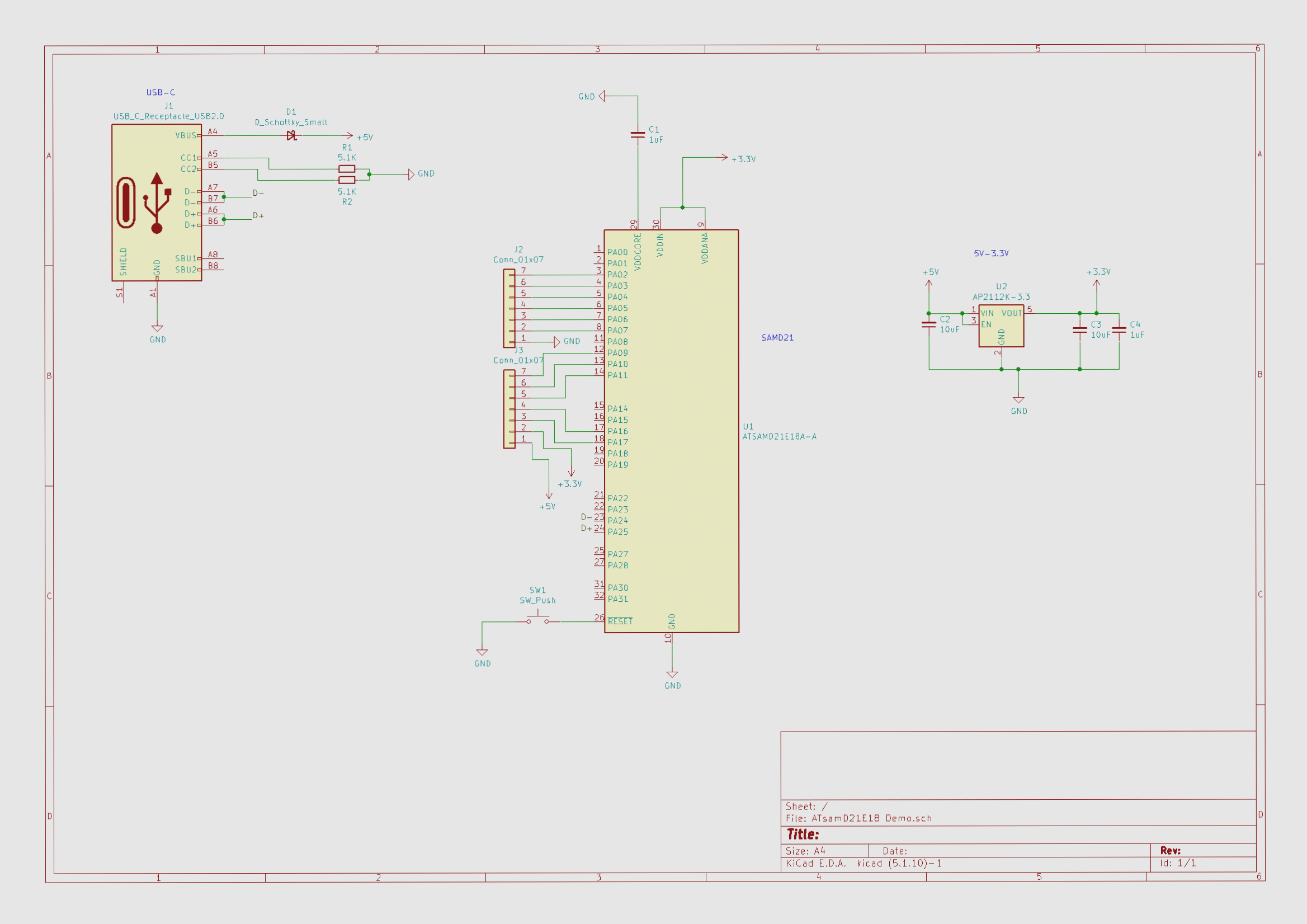Optimizing Flux Application in PCBA Processing
In the realm of PCBA processing, engineers often grapple with finding the right balance in flux application. While minimizing flux usage is a common goal, achieving optimal soldering performance may require a more generous application of flux.
Overlooking Flux Residues in Selective Soldering
During the selective soldering phase of PCBA processing, engineers tend to focus on welding outcomes, sometimes neglecting concerns related to flux residues that can impact stability.
Stability Risks and Flux Selection
Many flux systems utilize glue-dispensing devices to mitigate stability risks. The flux chosen for selective soldering should remain inert when inactive to ensure stability during the welding process.
Potential Risks of Excessive Flux Application
Excessive flux application by PCB manufacturers can result in infiltration into the SMD area, potentially leading to residues and stability issues during welding. Monitoring critical parameters during the welding process is crucial to prevent such risks.
Addressing Flux Penetration Issues
Flux penetration into low-temperature areas like SMDs can create non-opening sections, which may not affect welding initially but can lead to electromigration concerns during product usage.
- Enhancing Flux Solid Content for Improved Performance
- Managing Flux Dosage and Solid Content
- Understanding the Impact of Flux Expansion on Welding Quality
A new trend in flux application for selective soldering involves enhancing solid content to achieve higher PCBA content with less flux. Balancing flux dosage with equipment parameters is essential, considering the direct impact of solid content on welding quality.
While each approach has its pros and cons, it’s vital to consider safety risks associated with PCBA OEM methods, such as the potential use of counterfeit materials. Clients can request original material certifications from manufacturers to ensure quality.
Procuring electronic components during the PCBA foundry material cycle can be challenging, especially with rare or high-demand components. Delays in material arrival can disrupt production, emphasizing the need for clear procurement timelines and tracking material delivery.
In cases where significant quality issues arise during PCBA OEM production, batch repairs may be necessary. Manufacturers lacking robust repair capabilities can face challenges in product maintenance, leading to extended repair cycles and delays in product delivery.
If you have any PCB manufacturing needs, feel free to contact me for assistance.



